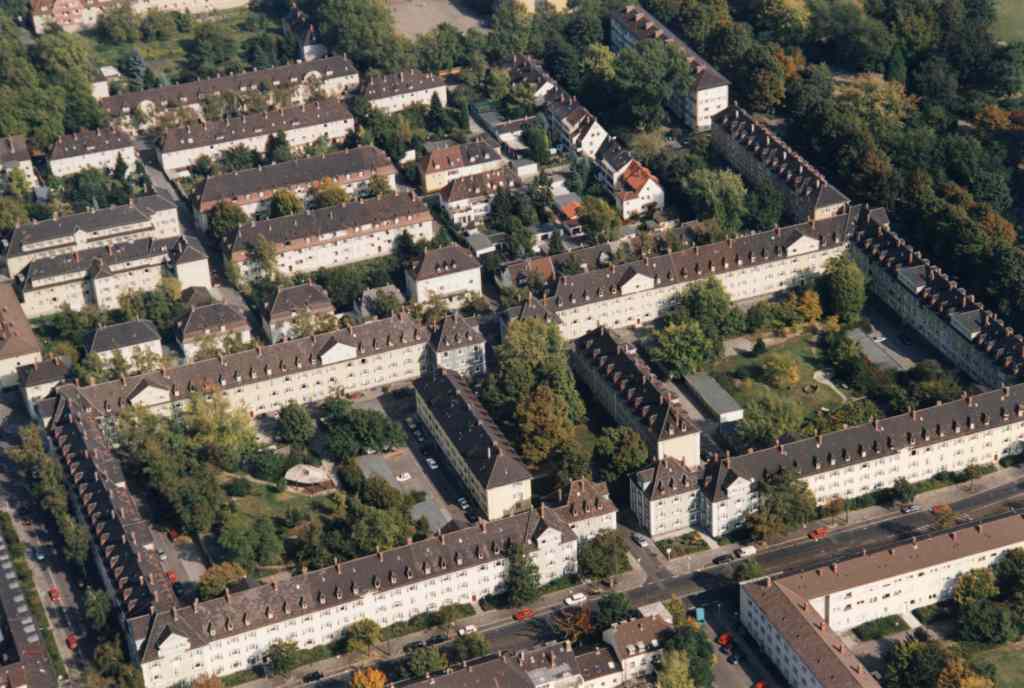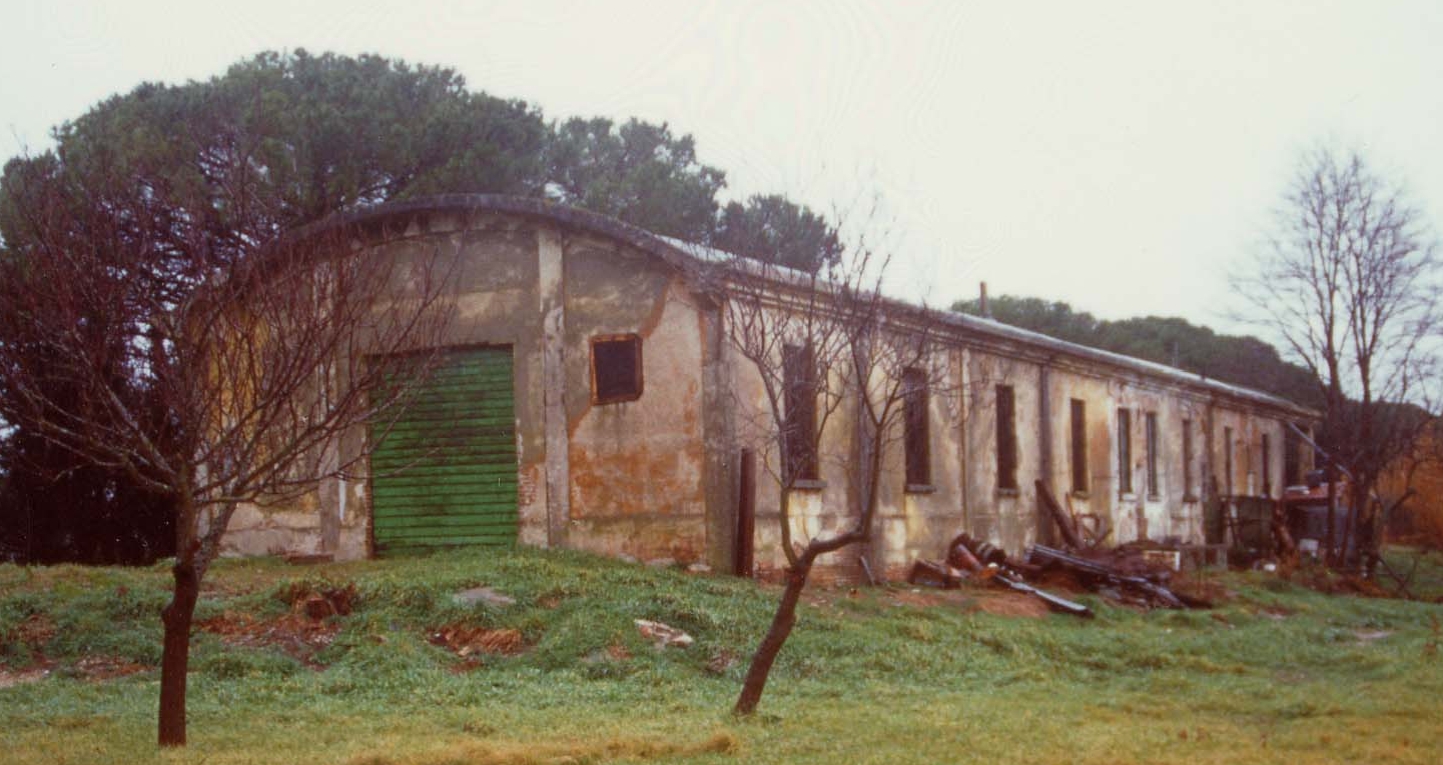Energy Efficient Retrofits for Historic Buildings
Pic_01: Air photograph of Hohenzollernhöfe, Source: Andre Zaman
Theoretically and from a purely structural perspective, energy efficient retrofits of older buildings have long been seen as possible. Now it has become clear that such retrofits, especially in terms of historical buildings (that require careful preservation), are also possible in reality. High structural quality means optimal protection of buildings worth conserving. When correctly planned and conducted, high energy efficiency and optimal building preservation go hand in hand.
At the conference, a work group dedicated solely to this theme will feature contributions concentrating on already carried out examples of historic building retrofits. Günther Gantioler, Christian Conrad, André Zaman and David Wohlgemuth will share their experiences with the planning and implementation of such projects, as well as their preliminary results. Sören Peper will then introduce the long term moisture performance of carefully carried out interior insulation as revealed by Panel Session V measurements, thereby giving a critical look at associated rules and project planning methods.
Generally, the energy use of historical buildings cannot be reduced to levels of newly built Passive designs, but Passive House components can be incorporated in the interest both of preserving the building and greatly enhancing its sustainability. This has been proven by already completed examples of such retrofits. Better heat insulation helps keep moisture damage in check. Additionally, increased ventilation, which improves indoor air quality and keeps moisture to a minimum, is of crucial significance in historical buildings.
In terms of the retrofitting of historical buildings, the Passive House Institute (PHI) observes the following principle: every newly renovated component or replacement should reflect the desired future condition of the building. With such a forward thinking plan, each building can, step by step, achieve a drastically better standard. It is just such painstaking planning that the PHI's new Historical Building Certificate seeks to both recognise and reward.
Pic_02: Handwerk 15 building in Görlitz after renovation, Quelle: Christian Conrad
Pic_03: Original condition of the laboratory in 2007, Source: Günther Gantioler

